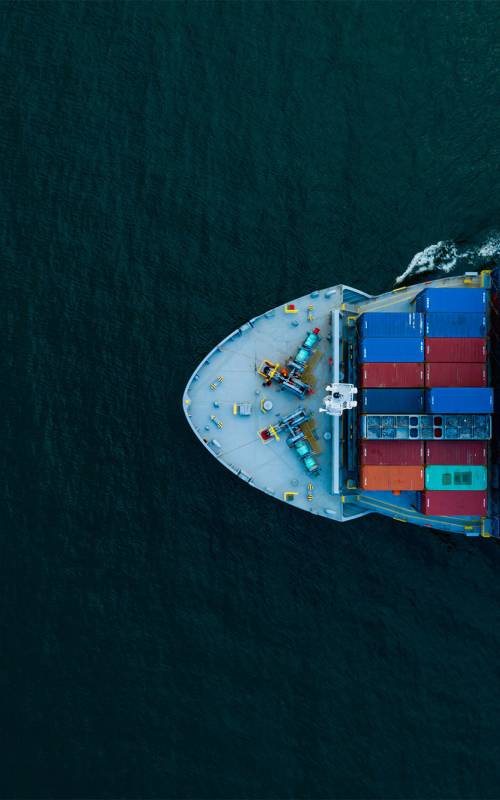Information about sea containers
sea containers, which also bear the designation ISO containers, are standardised worldwide under the leadership of the International Maritime Organization (IMO). ISO-668 guarantees extensive compatibility, although a large number of special dimensions are also permitted in this system. The most common dimensions for ISO containers are eight feet wide and 20 or 40 feet long. The importance of ISO containers is as great for transport by sea as it is for transport overland. This means that a freight forwarder can take over the container in the port unopened, thus saving time-consuming reloading of individual goods.
The basic frame for a ISO-Container is formed by a welded and self-supporting sheet steel construction made of hollow and rolled sections. Especially important for the seafreight is a statics which allows triple stacking. To prevent premature rusting, the base frame is primed and the outer cladding is galvanised. When assembly is complete, the entire unit is coated with a two-component acrylic paint. To insulate the roof, a roof cladding consisting of hot-dip galvanised profiled sheet metal is installed. The outer lining of the container walls is made of sendzimir galvanised profiled sheet metal, the insulation of the walls is achieved by applying mineral wool with the designation WLG 040, a non-flammable material. Almost the same procedure is applied to the container floor to ensure its insulation.
As transport space sea containers are equally suitable for transport by sea freight or a forwarding agency. But with flexible container solutions ISO containers can also be used in many other areas. For example, they can be used as storage space on company premises. They can also be used as export containers, so-called 'one-way containers', or they can be available as basic containers for further expansion. Containers can also be used as containers for tools or as accommodation for many types of aggregates. Last but not least some ISO-Container are used as garage. The trade with containers is also flourishing. Besides new containers, used containers already have a high market value. As special equipment for seacontainers, for example, doors are offered on both front sides. If furniture equipment is required, the manufacturer provides additional ventilation and the installation of retractable, three-row lashing bars. An interior lining made of galvanised sheet metal can also be installed. A number of companies even offer their customers capital transactions for the trade with the transport containers.



